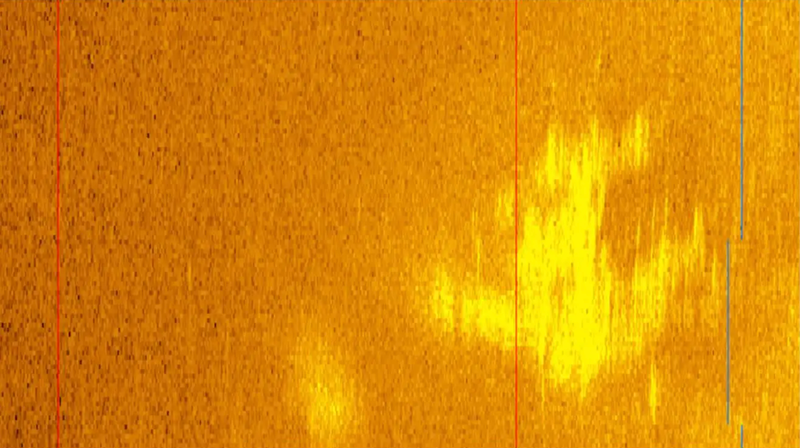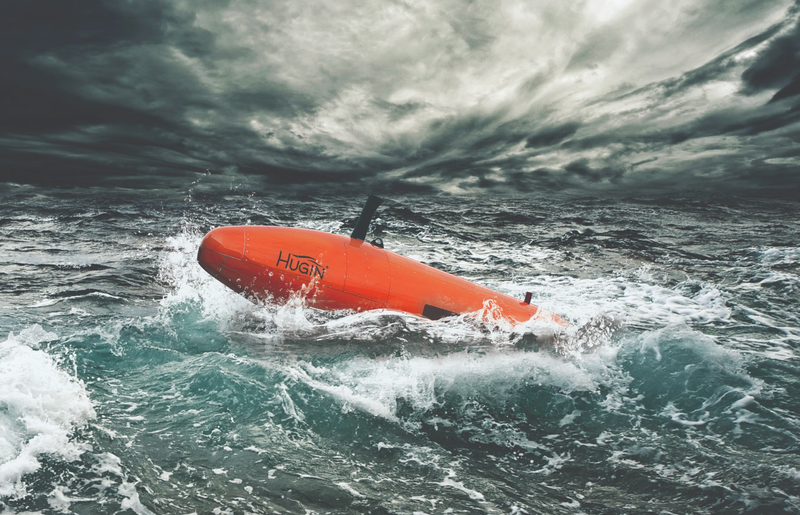An Autonomous Deep Sea Drone Might Have Found Amelia Earhart's Wreckage After 87 Years

On July 2, 1937, aviation pioneer Amelia Earhart and her navigator Fred Noonan disappeared somewhere over the Pacific Ocean. Search and rescue missions turned up no leads, and for 87 years, her disappearance has remained one of history’s greatest unsolved mysteries. That is, unless an underwater drone from Deep Sea Vision is correct, and its new technology has actually discovered the wreckage, USA Today reports.
Earhart disappeared during her 1937 attempt to become the first woman to complete a circumnavigational flight of the globe. She and her navigator were last seen in Lae, New Guinea, where they had stopped to fuel their Lockheed Model 10-E Electra airplane. The two were set to stop again at Howland Island, but the plane never arrived.
Since then, everyone from academic researchers to conspiracy theorists have speculated on what happened to Earhart and Noonan, but there has been little evidence to work from. But earlier this year, an autonomous underwater vehicle (AUV), or drone, very well may have found the remains of the twin-engine aircraft.

South Carolina’s Deep Sea Vision, a marine robotics company, used a $9 million underwater drone called the HUGIN 6000 AUV from Kongsberg to scope out the sea floor around Howland Island. The drone uses a newly developed type of sonar called synthetic aperture sonar (SAS), which can produce high-resolution pictures of the seafloor at distances of 20,000 feet. The tech has already been used for everything from classifying underwater critters we humans struggle to see with the naked eye, to better understanding shipwreck sites.
I’m no scientist or engineer, so I’ll turn it over to Scott Manley on YouTube, who has shared an in-depth but still easy to understand explanation of SAS as it’s used in satellite systems:

 Yahoo Autos
Yahoo Autos 